5 Stock Picks for Romantics
In honor of Valentine’s Day, we name five companies that will warm your heart and enrich your portfolio.
One of the cardinal rules of investing is that you should never fall in love with a stock. But in honor of Valentine’s Day, we’ve found five romantically inspired companies that deserve some affection. These stocks aren’t just for flings. Look at them as candidates for long-term relationships.
You may not be familiar with L Brands (symbol LB, $65), but you’ve probably heard of two of its sensual subsidiaries: Victoria’s Secret, the lingerie chain, and Bath & Body Works, which sells soaps, lotions and other spa-like products. Both retailers garner more than one-fourth of all sales in their markets, and both have room to grow. Analysts see L Brands, which does about $11 billion in sales annually, boosting earnings by 12% in the fiscal year that ends January 2015. At 18 times estimated earnings for that year, the shares are a bit more expensive than the overall market, but the price is fair given L Brands’ growth potential. (All prices are as of November 29.)
For something with a little more bling, consider Signet Jewelers (SIG, $77). The Akron company owns the Jared and Kay Jewelers chains. And in 2012, Signet bought Ultra Stores, an outlet-mall franchise. Signet now has more than 1,400 stores in the U.S. and should be able to generate annual sales growth of at least 6% for the next few years, says Gregory Herr, co-manager of FPA Perennial Fund. The firm’s aggressive advertising—you’ve no doubt heard that “Every kiss begins with Kay”—will also help. The stock trades at 14 times projected earnings for the year that ends January 2015.
From just $107.88 $24.99 for Kiplinger Personal Finance
Become a smarter, better informed investor. Subscribe from just $107.88 $24.99, plus get up to 4 Special Issues

Sign up for Kiplinger’s Free Newsletters
Profit and prosper with the best of expert advice on investing, taxes, retirement, personal finance and more - straight to your e-mail.
Profit and prosper with the best of expert advice - straight to your e-mail.
For still more sparkle, indulge in Tiffany (TIF, $89). U.S. sales have lagged recently, so the 176-year-old company has been expanding its lower-priced sterling-silver collection to appeal to a broader customer base. “That end of the business is more profitable than $15,000 rings,” says Brian Yarbrough, an analyst at Edward Jones. In addition, the New York City company continues to expand overseas. Sales in Asia, excluding Japan, grew by a whopping 22% during the quarter that ended October 31. The stock jumped 9% on the day the earnings report was released, and now sells for 21 times projected earnings for the year that ends January 2015. That’s not a bargain price, but it’s reasonable given the strength of Tiffany’s iconic blue-box brand.
The business of turning the byproducts of pork, beef and chicken into biodiesel fuel and animal feed may not strike you as romantic. But although its business may be gross, Darling International (DAR, $21) is a company with a sweet name. Prices for corn have come down lately, and a proposed rule by the Environmental Protection Agency that would freeze mandates for biofuel supplies at 2013 levels could limit demand. All of that could cause headwinds for Darling in 2014. But the Irving, Tex., firm has started to expand internationally through recent acquisitions in Canada and the Netherlands—moves analysts think will help generate 35% earnings growth in 2014. Any turnaround in corn and fuel prices would further boost earnings.
Finally, it’s hard not to fall for Southwest Airlines (LUV, $19), the company with the market’s most heart-warming stock symbol. Like other airlines, Southwest shares have been on a tear—they’ve nearly doubled over the past year. A rebound in business travel has helped. But perhaps the best thing the industry has going for it is the recent spate of airline mergers. “Consolidation is healthy for all the airlines because they won’t have to continually lower fares to compete,” says Andrew Davis, associate director of stock research at T. Rowe Price. Moreover, Southwest’s CEO recently suggested that the airline may start charging for checked baggage. Imposition of those fees wouldn’t be good news for budget-minded fliers, but it would likely endear the company to investors.
Profit and prosper with the best of Kiplinger's advice on investing, taxes, retirement, personal finance and much more. Delivered daily. Enter your email in the box and click Sign Me Up.
-
 Nasdaq Leads as Tech Stages Late-Week Comeback: Stock Market Today
Nasdaq Leads as Tech Stages Late-Week Comeback: Stock Market TodayOracle stock boosted the tech sector on Friday after the company became co-owner of TikTok's U.S. operations.
-
 Disney’s Risky Acceptance of AI Videos
Disney’s Risky Acceptance of AI VideosThe Kiplinger Letter Disney will let fans run wild with AI-generated videos of its top characters. The move highlights the uneasy partnership between AI companies and Hollywood.
-
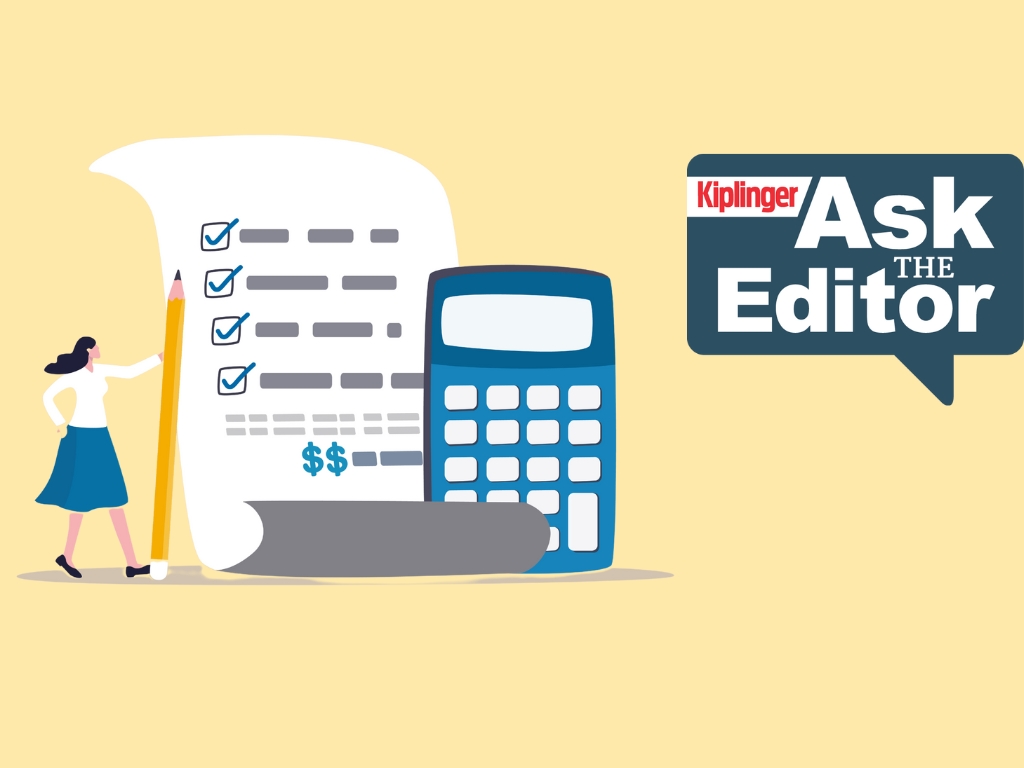 Ask the Editor: Itemized Deductions
Ask the Editor: Itemized DeductionsAsk the Editor In this week's Ask the Editor Q&A, Joy Taylor answers questions on itemized deductions claimed on Schedule A of Form 1040
-
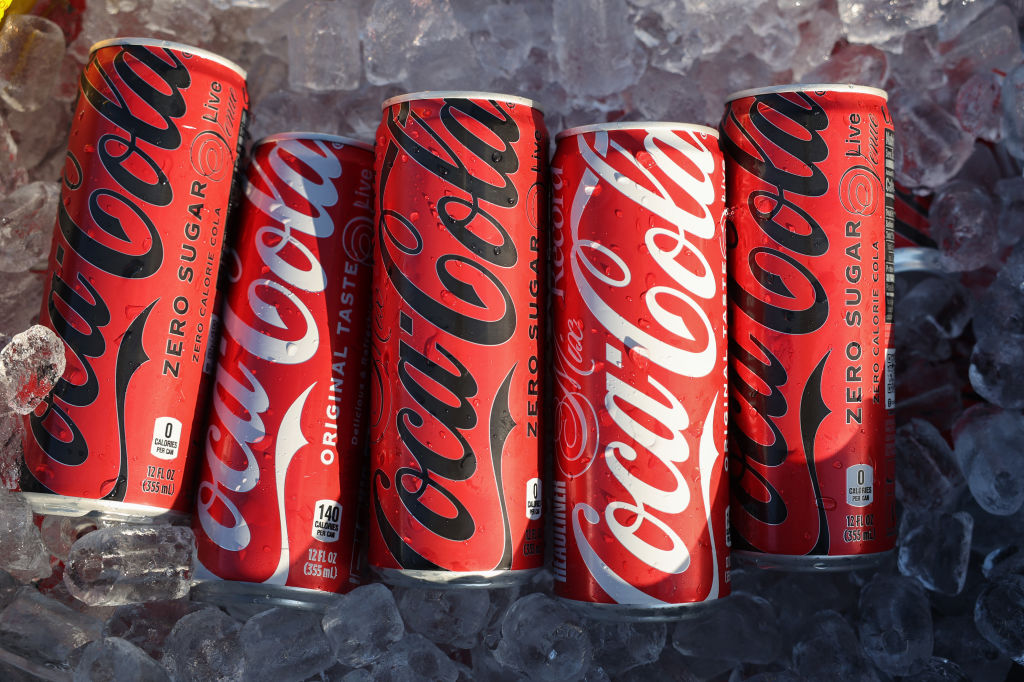 If You'd Put $1,000 Into Coca-Cola Stock 20 Years Ago, Here's What You'd Have Today
If You'd Put $1,000 Into Coca-Cola Stock 20 Years Ago, Here's What You'd Have TodayEven with its reliable dividend growth and generous stock buybacks, Coca-Cola has underperformed the broad market in the long term.
-
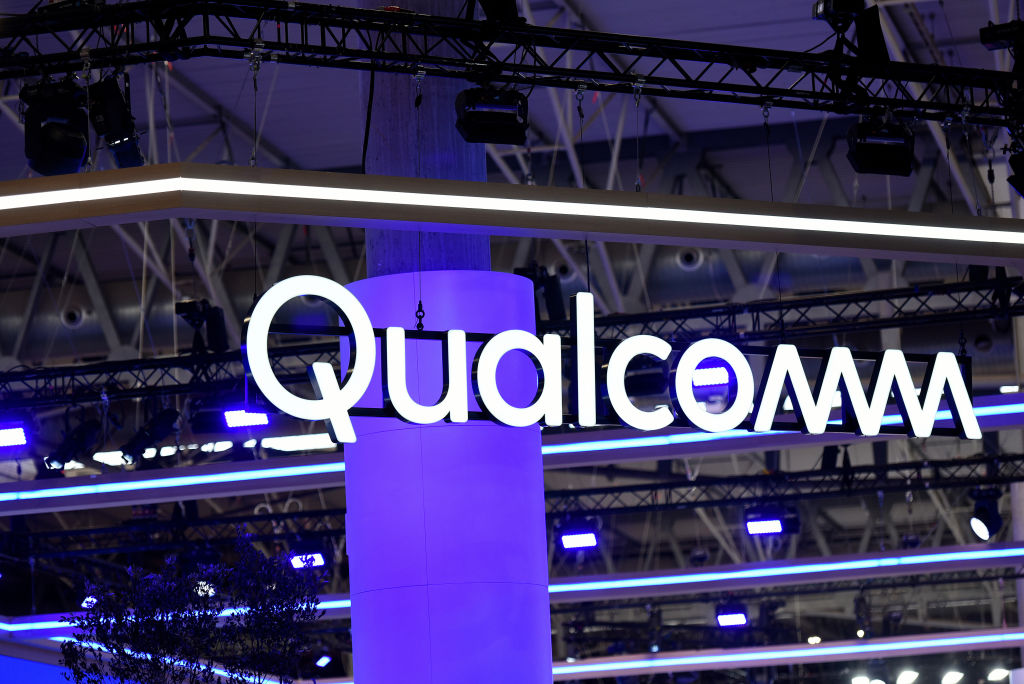 If You Put $1,000 into Qualcomm Stock 20 Years Ago, Here's What You Would Have Today
If You Put $1,000 into Qualcomm Stock 20 Years Ago, Here's What You Would Have TodayQualcomm stock has been a big disappointment for truly long-term investors.
-
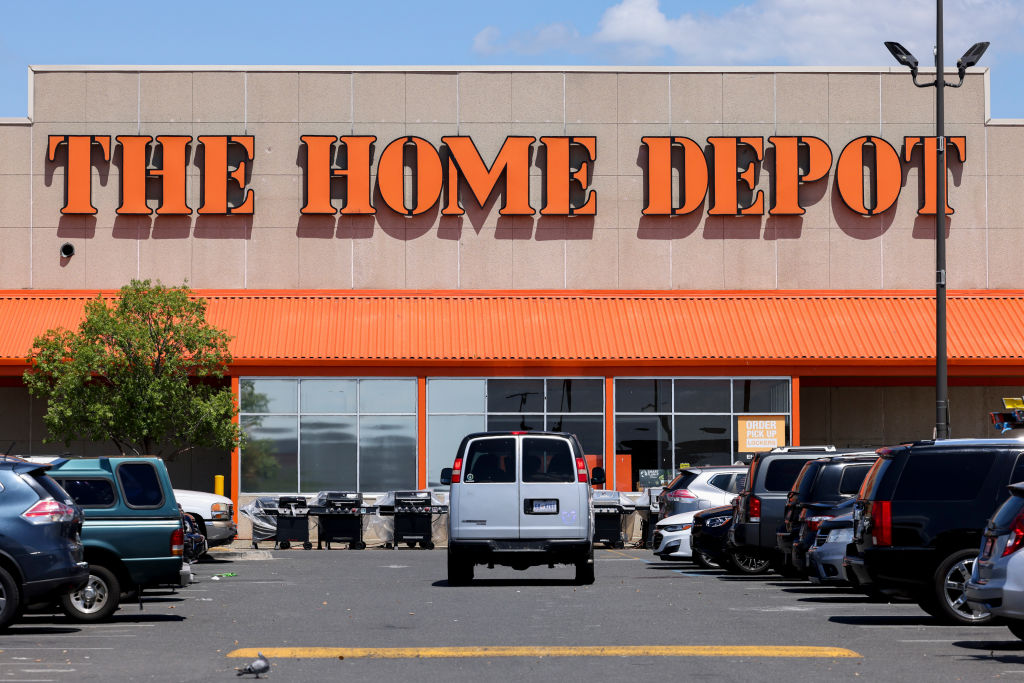 If You'd Put $1,000 Into Home Depot Stock 20 Years Ago, Here's What You'd Have Today
If You'd Put $1,000 Into Home Depot Stock 20 Years Ago, Here's What You'd Have TodayHome Depot stock has been a buy-and-hold banger for truly long-term investors.
-
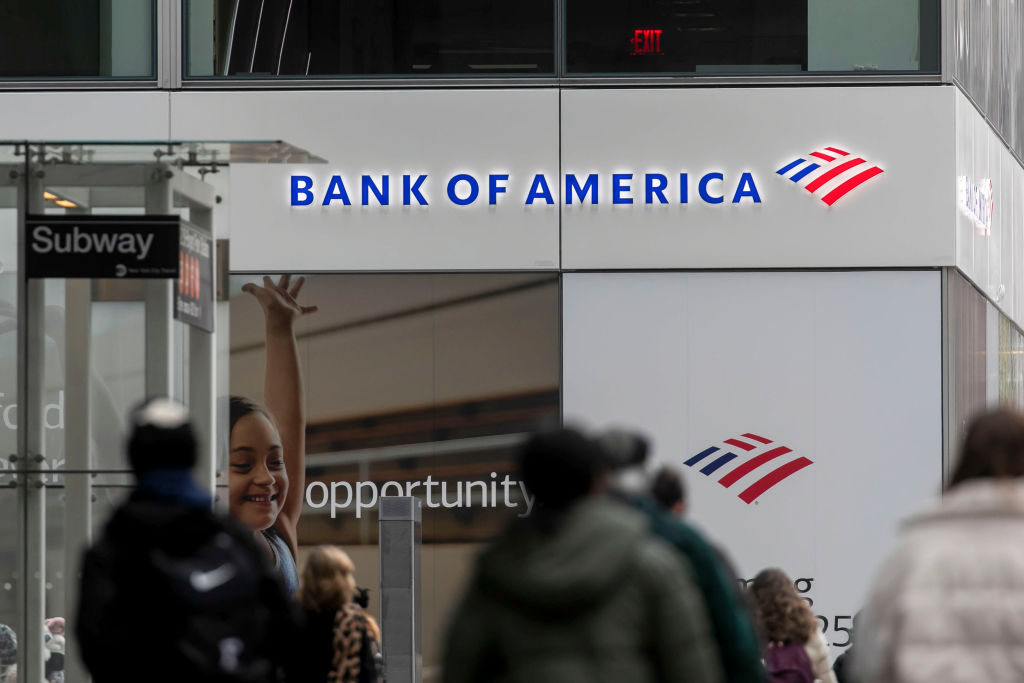 If You'd Put $1,000 Into Bank of America Stock 20 Years Ago, Here's What You'd Have Today
If You'd Put $1,000 Into Bank of America Stock 20 Years Ago, Here's What You'd Have TodayBank of America stock has been a massive buy-and-hold bust.
-
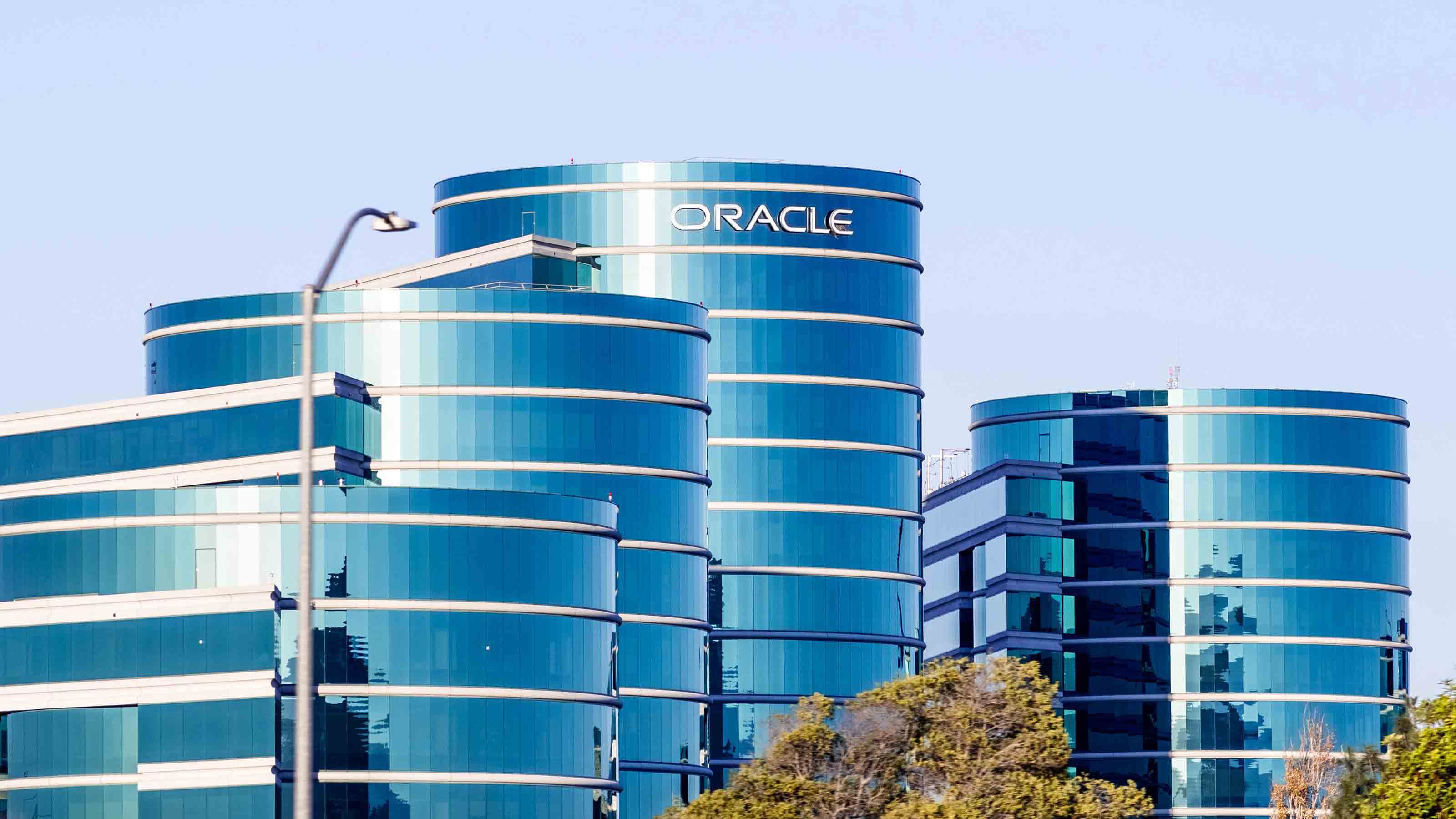
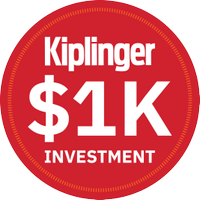 If You'd Put $1,000 Into Oracle Stock 20 Years Ago, Here's What You'd Have Today
If You'd Put $1,000 Into Oracle Stock 20 Years Ago, Here's What You'd Have TodayORCL Oracle stock has been an outstanding buy-and-hold bet for decades.
-
 If You'd Put $1,000 Into Sherwin-Williams Stock 20 Years Ago, Here's What You'd Have Today
If You'd Put $1,000 Into Sherwin-Williams Stock 20 Years Ago, Here's What You'd Have TodaySherwin-Williams stock has clobbered the broader market by a wide margin for a long time.
-
 If You'd Put $1,000 Into UnitedHealth Group Stock 20 Years Ago, Here's What You'd Have Today
If You'd Put $1,000 Into UnitedHealth Group Stock 20 Years Ago, Here's What You'd Have TodayUNH stock was a massive market beater for ages — until it wasn't.
-
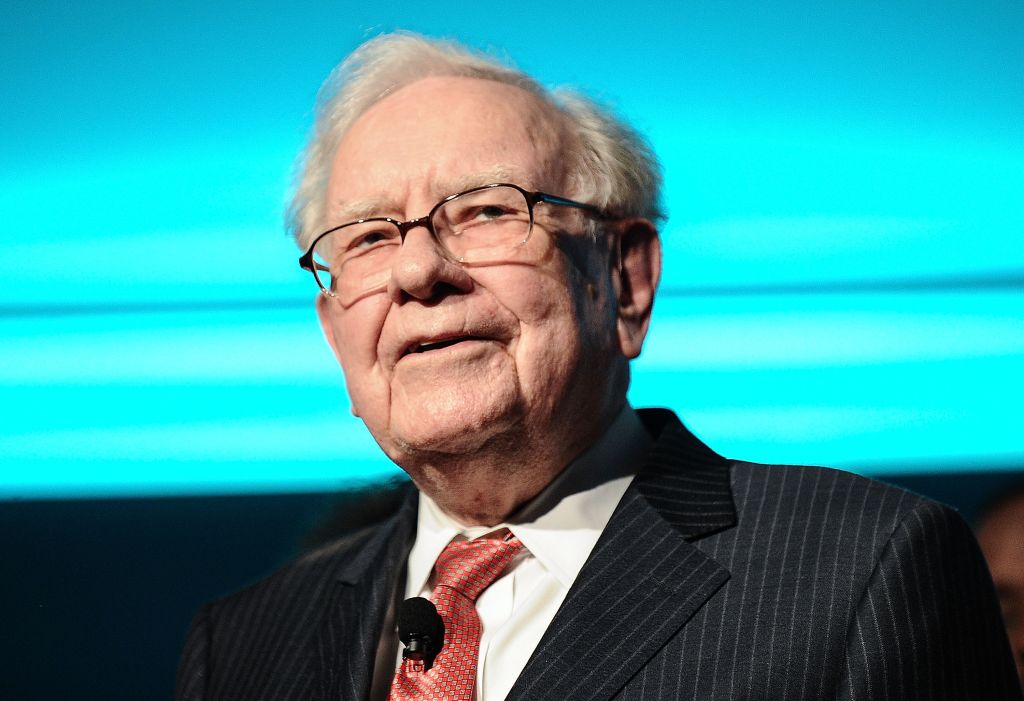 If You'd Put $1,000 Into Berkshire Hathaway Stock 20 Years Ago, Here's What You'd Have Today
If You'd Put $1,000 Into Berkshire Hathaway Stock 20 Years Ago, Here's What You'd Have TodayBerkshire Hathaway is a long-time market beater, but the easy money in BRK.B has already been made.